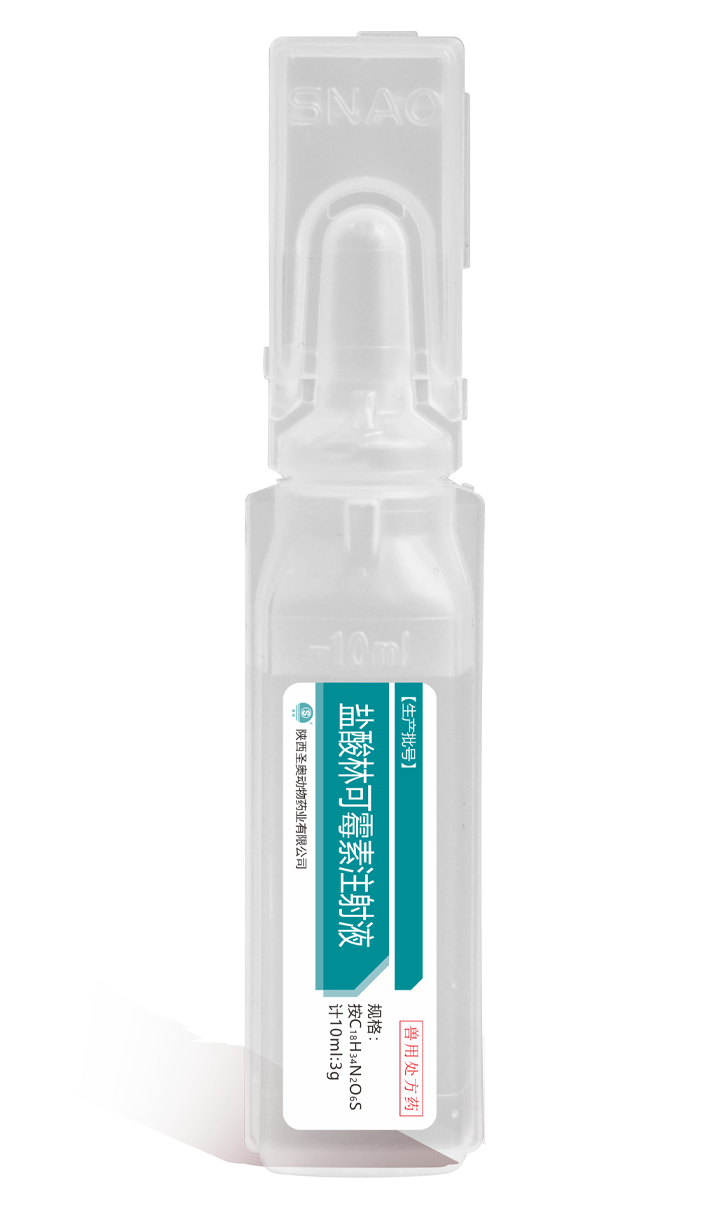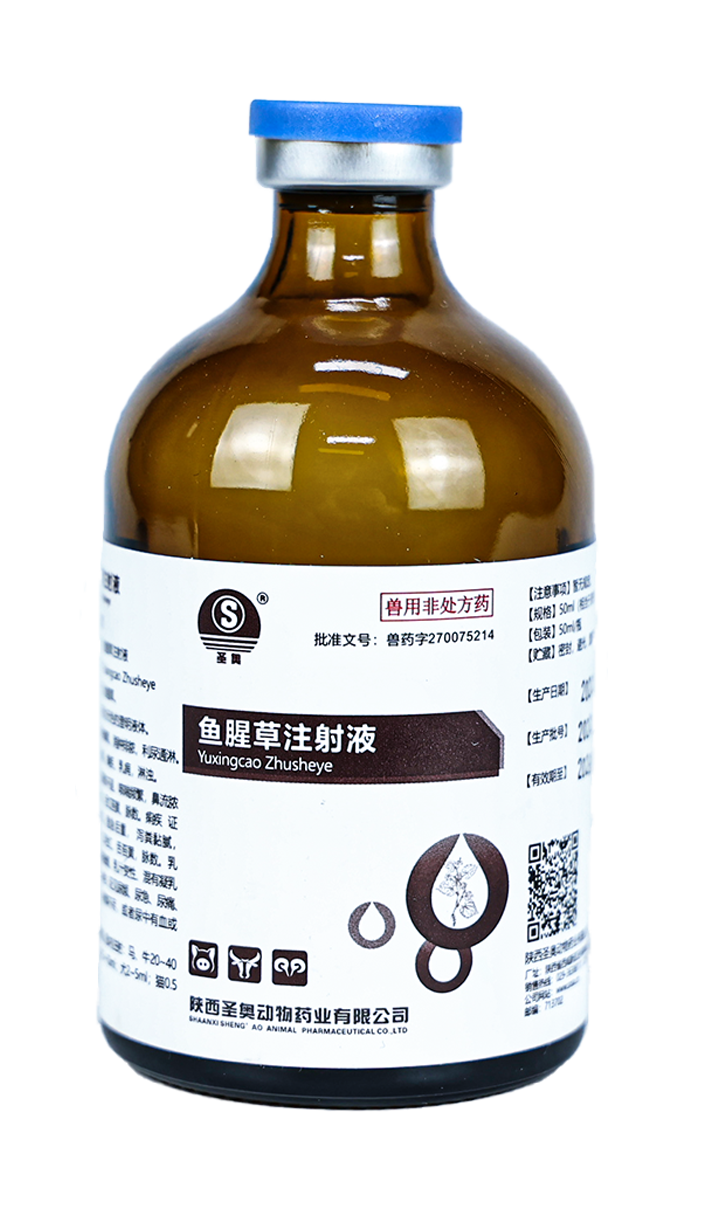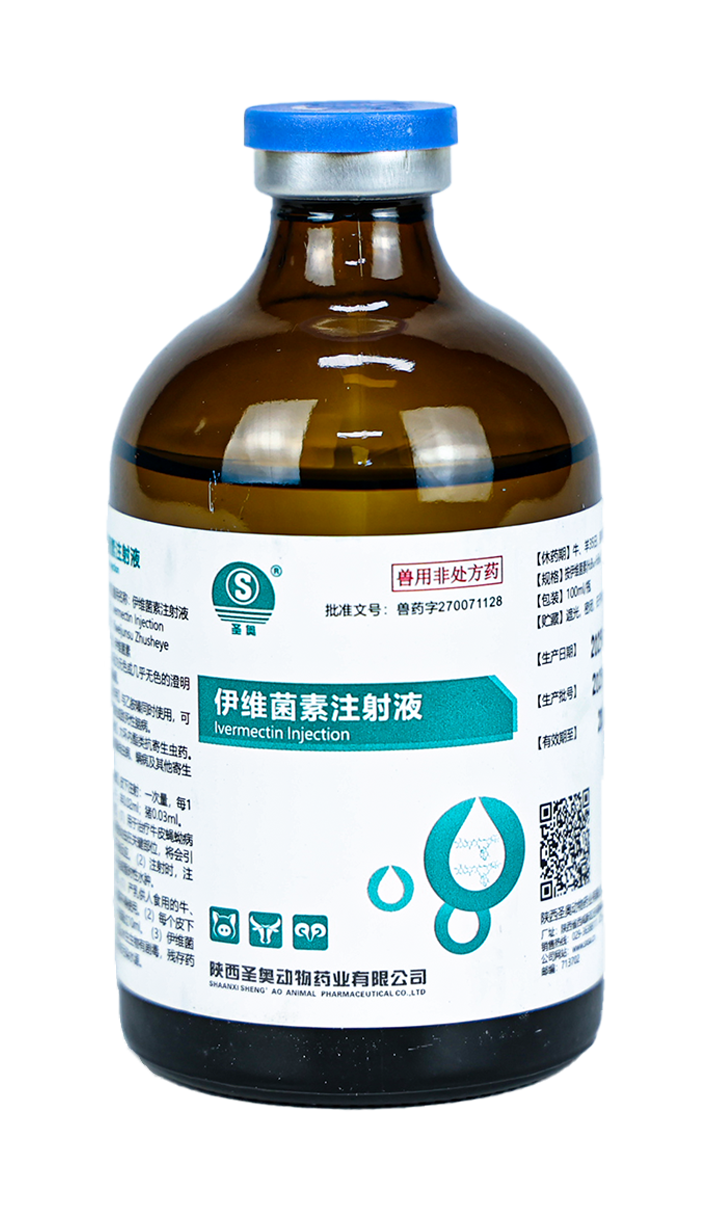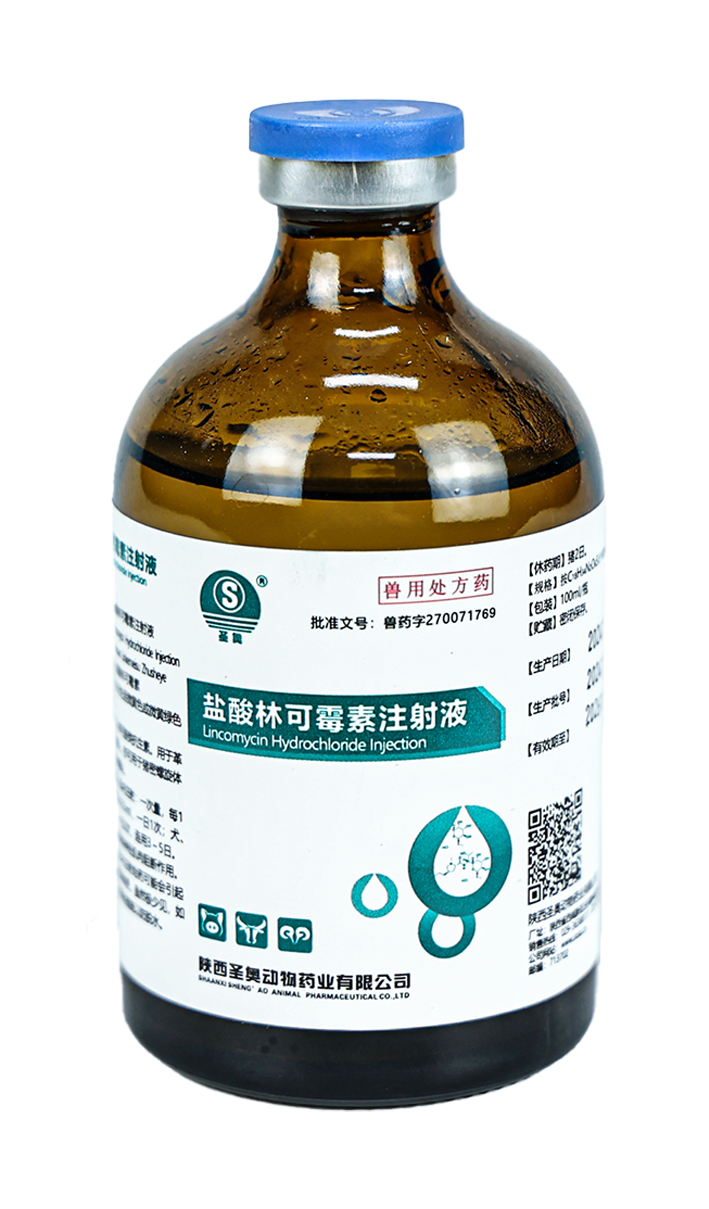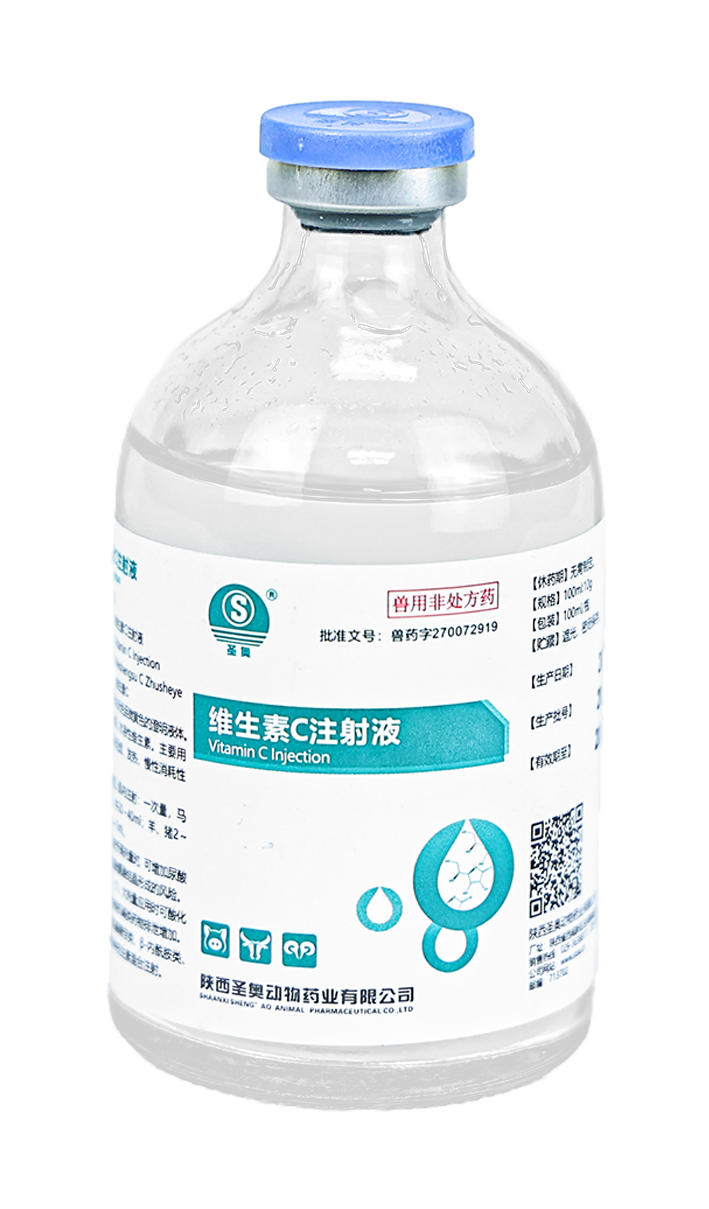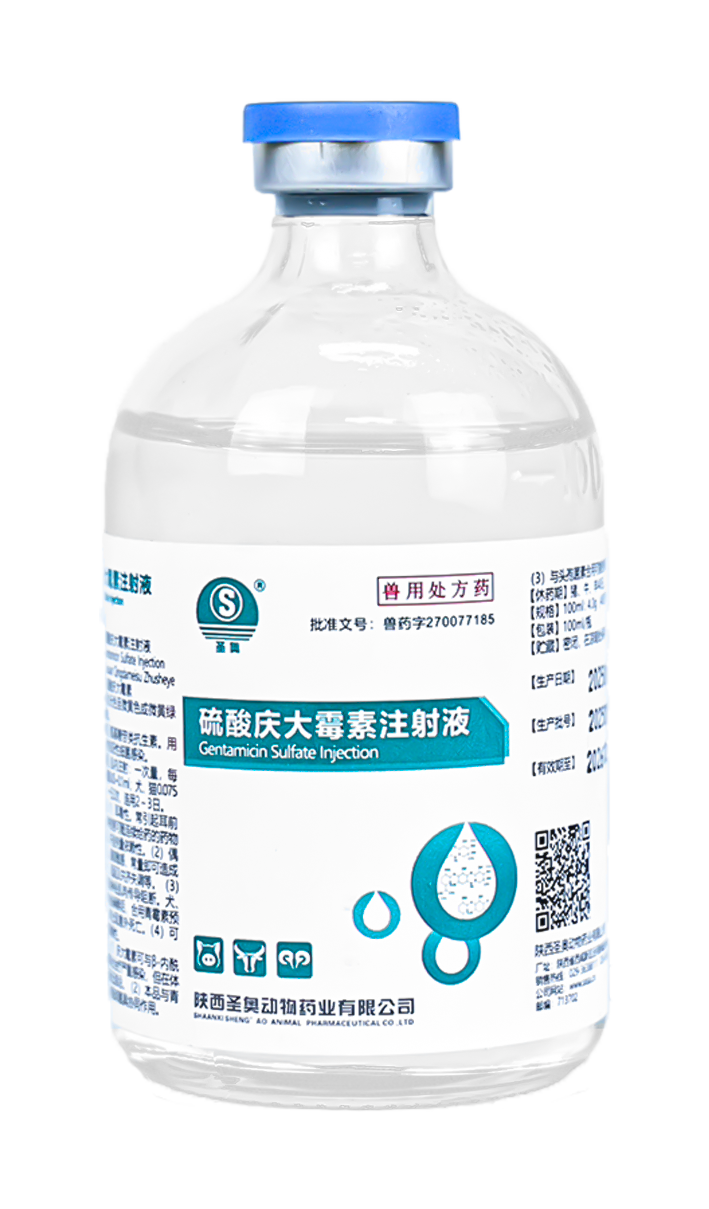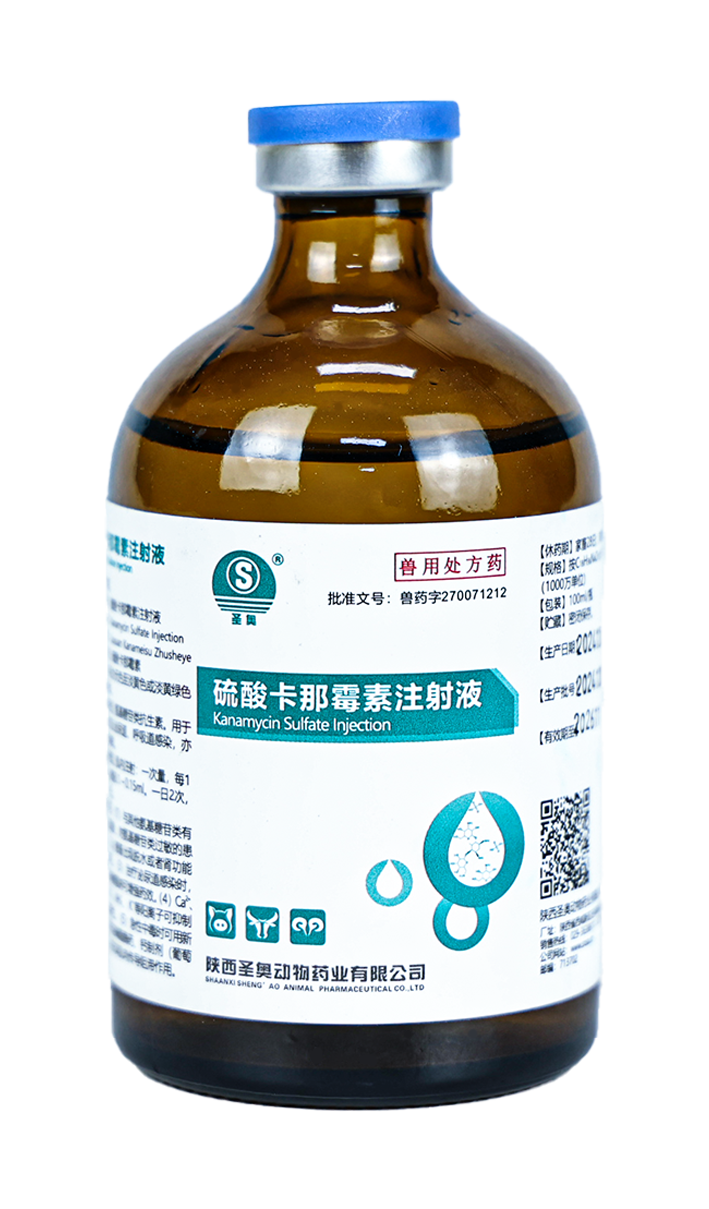
Lincomycin hydrochloride injection
Key words:
Classification:
Detailed Description
[main ingredient] lincomycin hydrochloride
[properties] this product is colorless to yellowish or yellowish green clear liquid.
[pharmacological action]
Pharmacodynamics lincomycin is a lincomycin antibiotic and an antimicrobial agent. Sensitive bacteria include Staphylococcus aureus (including penicillin resistant strains), Streptococcus, pneumococcus, Bacillus anthracis, Erysipelothrix suis, some mycoplasmas (Mycoplasma hyopneumoniae, Mycoplasma hyopneumoniae, Mycoplasma synovialis), leptospira and anaerobic bacteria (such as Clostridium, Clostridium tetanus, Clostridium perfringens and actinomycetes). It mainly acts on the 50S subunit of the bacterial ribosome and plays an antibacterial role by inhibiting the extension of the peptide chain and affecting the synthesis of protein.
The pharmacokinetics was rapidly absorbed after intramuscular injection. A single intramuscular injection of 11mg/kg in pigs resulted in a peak blood concentration of 6.25 µ g/ml. The plasma protein binding rate was 57% -72%. The apparent distribution volume in pigs was 2.8l/kg. It is widely distributed in various body fluids and tissues (including bones), with the highest concentration in liver and kidney, and the tissue drug concentration is several times higher than the serum concentration in the same period. It can enter the placenta, but it is not easy to penetrate the blood-brain barrier, and it is difficult for the drug to reach an effective concentration in cerebrospinal fluid during inflammation. It can be distributed in milk, and the concentration in milk is the same as that in plasma. Some drugs are metabolized in the liver, and the drug prototype and its metabolites are excreted through bile, urine and milk. Excretion from feces can be delayed for several days, so it has inhibitory effect on intestinal sensitive microorganisms.
[drug interactions]
(1) When combined with gentamicin, it has synergistic effect on Gram-positive bacteria such as Staphylococcus and Streptococcus.
(2) Combined with aminoglycosides and peptide antibiotics, it may enhance the blocking effect on nerve muscle junction. When combined with erythromycin, it has antagonistic effect, because the action site is the same, and erythromycin has stronger affinity for 50S subunit of bacterial ribosome than this product.
(3) It should not be combined with antidiarrheal drugs that inhibit intestinal peristalsis and contain kaolin.
(4) There are incompatibilities with kanamycin and neomycin.
[function and use] lincomycin antibiotics. It can be used for Gram-positive bacteria infection, as well as porcine Treponema disease and mycoplasma infection.
[usage and dosage] intramuscular injection: one dose, 0.033ml per 1kg body weight, once a day; 0.033ml for dogs and cats, twice a day for 3-5 consecutive days.
[adverse reaction] it has neuromuscular blocking effect.
[precautions] intramuscular injection may cause transient diarrhea or defecation. Although it is very rare, if it occurs, necessary measures should be taken to prevent dehydration.
[drug withdrawal period] 2 days for pigs.
[Specification] 10ml:3g based on c18h34n2o6s
[package] 10ml × 10 pieces/box
Related Products

Contact Information
Contact Address

Address: Jinghe Xincheng Jingyong Road Middle Industrial Park, Xixian New District, Shaanxi Province


